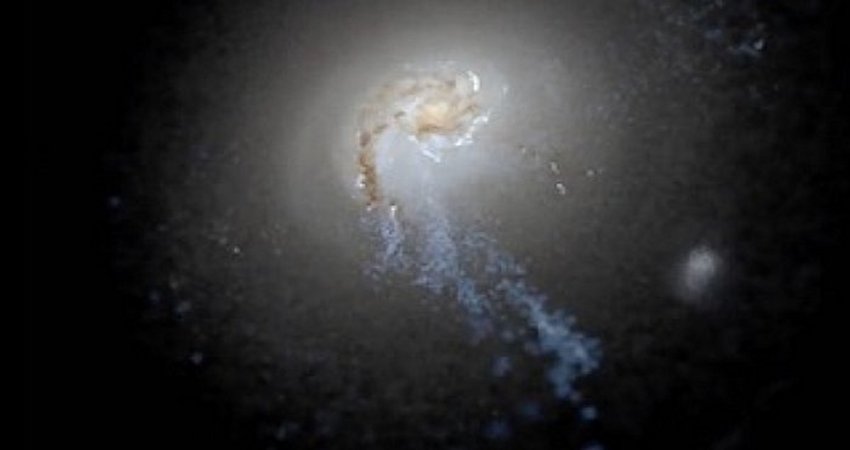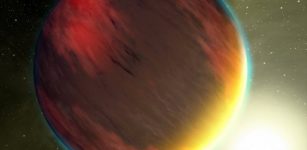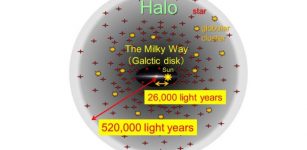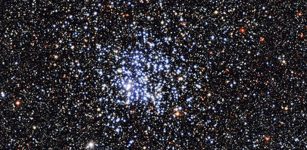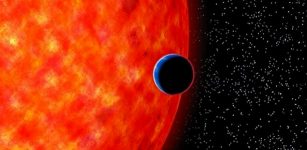Astronomers Probe The ‘Cosmic Web’ Of The Universe
MessageToEagle.com – We live in a universe dominated by unseen matter, and on the largest scales, galaxies and everything they contain are concentrated into filaments that stretch around the edge of enormous voids.
A group of astronomers led by Dr Markus Haider of the Institute of Astro- and Particle Physics at the University of Innsbruck in Austria, now believe these dark holes could contain as much as 20% of the ‘normal’ matter in the cosmos and that galaxies make up only 1/500th of the volume of the universe.
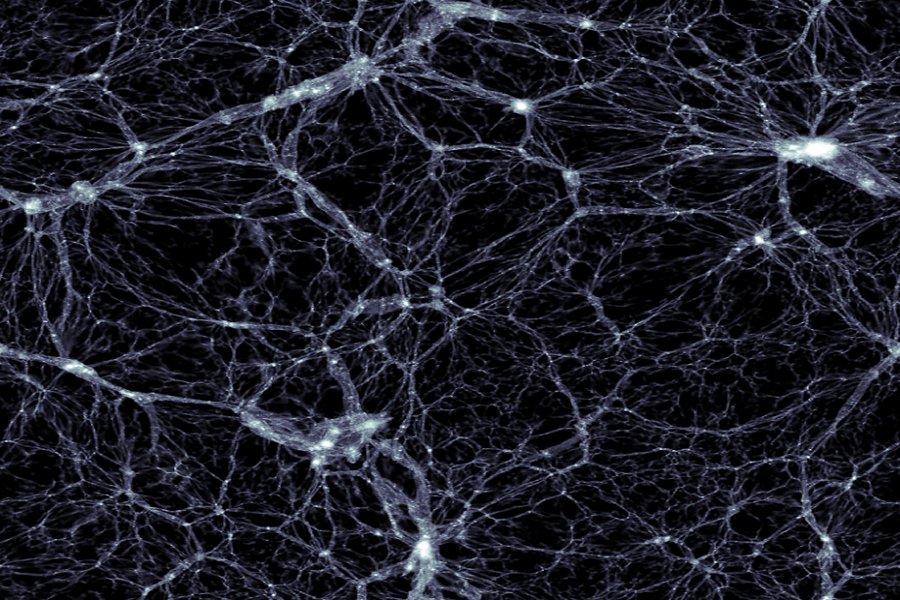
Recent measurements suggest it consists of 4.9% ‘normal’ matter (i.e. the matter that makes up stars, planets, gas and dust), or ‘baryons’, whereas 26.8% is the mysterious and unseen ‘dark’ matter and 68.3% is the even more mysterious ‘dark energy’.
Ground-based observatories have mapped the positions of galaxies and, indirectly, their associated dark matter over large volumes, showing that they are located in filaments that make up a ‘cosmic web’.
Haider and his team investigated this in more detail, using data from the Illustris project, a large computer simulation of the evolution and formation of galaxies, to measure the mass and volume of these filaments and the galaxies within them.
Illustris simulates a cube of space in the universe, measuring some 350 million light years on each side. It starts when the universe was just 12 million years old, a small fraction of its current age, and tracks how gravity and the flow of matter changes the structure of the cosmos up to the present day.
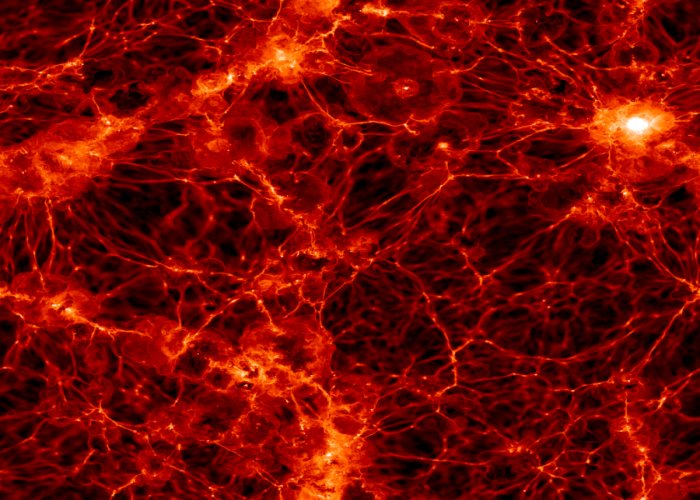
The simulation deals with both normal and dark matter, with the most important effect being the gravitational pull of the dark matter.
When the scientists looked at the data, they found that about 50% of the total mass of the universe is in the places where galaxies reside, compressed into a volume of 0.2% of the universe we see, and a further 44% is in the enveloping filaments. Just 6% is located in the voids, which make up 80% of the volume.
Researchers also found that a surprising fraction of normal matter — 20% — is likely to be have been transported into the voids.
“This simulation, one of the most sophisticated ever run, suggests that the black holes at the centre of every galaxy are helping to send matter into the loneliest places in the universe. What we want to do now is refine our model, and confirm these initial findings.”
The findings are published in the journal Monthly Notices of the Royal Astronomical Society.
MessageToEagle.com
via RAS

